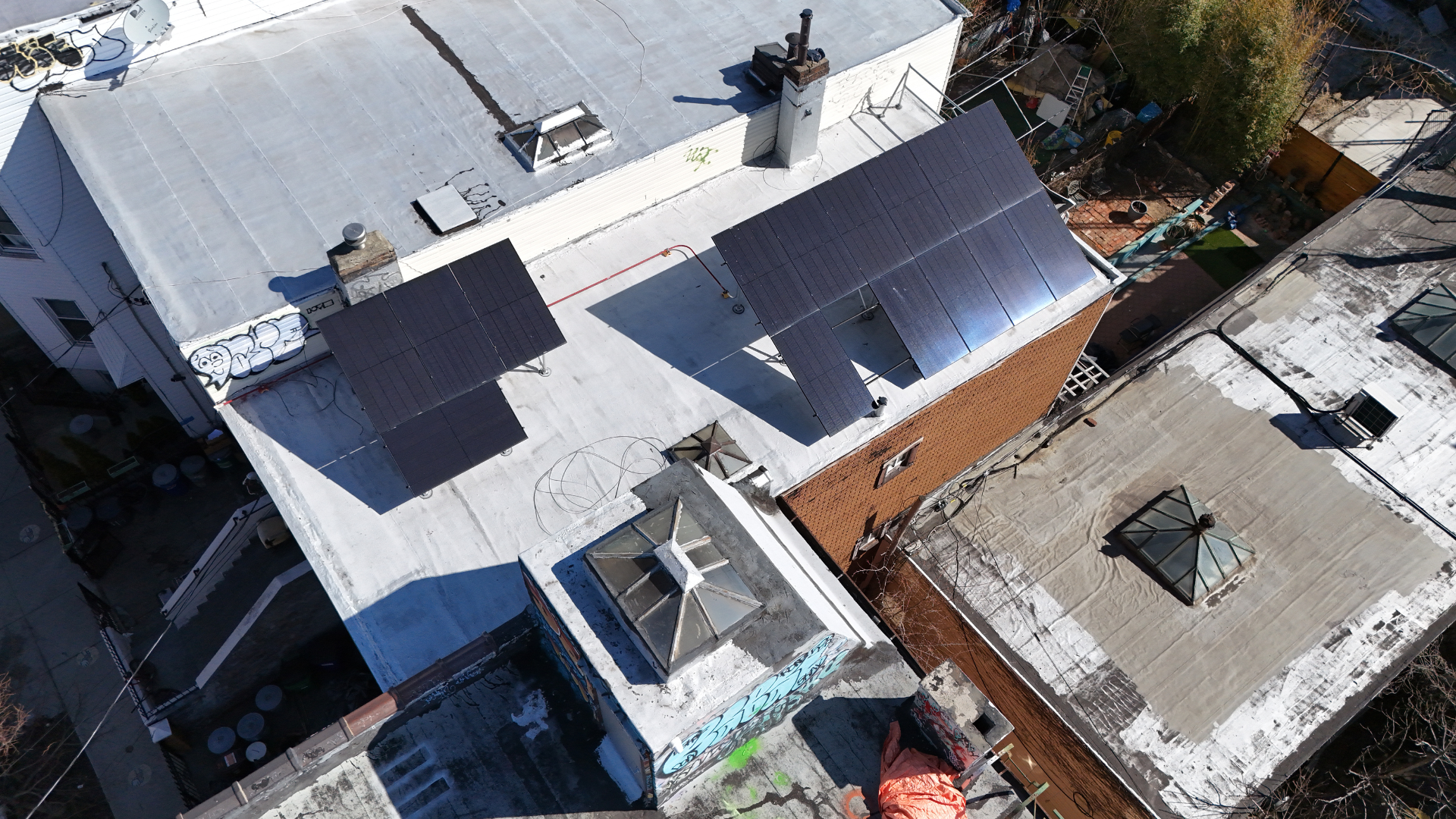Fire Safety During Flat Roofing Installation

When homeowners in Brooklyn and Queens start planning a new flat roof, they often focus on cost, materials, and durability. But one factor that’s just as critical is fire safety during installation. Flat roofing requires specialized tools and heat-based materials that, if mishandled, can create serious hazards. The good news is that with an experienced contractor who follows proper safety protocols, you can get a strong, reliable roof without any added risk.
Why Fire Safety Matters in Flat Roofing Projects
Flat roofs are popular across New York City’s older housing because of their practical design, however they can present unique risks during installation. Methods like torch-applied membranes require open flames, which can be hazardous if not managed carefully. In a densely packed neighborhood, a single mistake on one roof can quickly threaten surrounding homes. That’s why understanding fire safety measures is crucial before any work begins.
Hidden Fire Risks You Might Overlook on a Flat Roof
Roofing projects come with more potential hazards than most homeowners realize, especially when the work involves heat or complex materials.
• Torch-down roofing methods that use open flames can ignite nearby materials if not carefully managed.
• Flammable supplies stored too close to heat sources increase the risk of fire.
• Poor ventilation in older buildings can trap fumes or heat, creating unsafe working conditions.
• Untrained crews rushing to finish a job may overlook key safety steps, putting your property at risk.
Understanding these risks ahead of time helps you ask better questions and choose a contractor who prioritizes safety from start to finish.
Best Practices That Reduce Fire Hazards
Professional roofing crews prioritize safety at every stage. They use the proper installation methods for each roof system, opting for cold applications when heat could pose a risk. Fire-retardant insulation adds another layer of protection, while on-site fire watches and organized work areas help maintain a controlled environment. With professional crews, every precaution is taken to ensure a safe installation and give homeowners lasting peace of mind.
The Importance of Crew Training and Certification
Even the best materials and safety guidelines fall short if the installation team isn’t properly trained. Roofing crews who undergo professional certification programs are prepared to handle the unique challenges of flat roofing, from working around tight spaces to applying membranes safely. Training ensures they know how to use both hot and cold application methods correctly, how to prevent hazards during torch-down installation, and how to follow the strict standards set by manufacturers.
Certification also gives homeowners peace of mind because it shows the contractor invests in doing the job right. Programs offered by leading manufacturers like GAF, Elevate, and Polyglass emphasize both quality workmanship and safety. When combined with regular fire prevention and OSHA safety training, these programs create teams that work confidently and responsibly.
The Role of Building Codes and Local Regulations
New York City building codes are strict for good reason. They outline clear rules on how roofing systems should be installed to minimize fire hazards. A qualified contractor understands how to apply these building codes in the real-world conditions of brownstones, row homes, and townhouses. For homeowners, this means more than compliance. It ensures that warranties remain valid, insurance coverage isn’t jeopardized, and the roof performs the way it should long-term.
Questions to Ask Your Contractor Before Work Begins
Before signing a contract, it’s wise to ask pointed questions about fire safety. These questions could include:
• How will the crew minimize fire risks during installation?
• Which roofing method are you recommending, and why?
• Do you carry the proper certifications and insurance?
• Will the work be done by your own team or subcontractors?
• What steps will you take to keep my property and neighbors safe during the project?
These questions help you gauge not just a contractor’s qualifications, but also their transparency and commitment to protecting your home.
If fire safety never comes up in the consultation, that’s a red flag. Contractors who rely heavily on subcontractors without explaining their training and standards may not be able to guarantee safe practices. Vague proposals that gloss over installation details or the absence of proper certifications are also warning signs.
The Benefits of Putting Safety First in Roofing
When a flat roof is installed with fire safety at the forefront, the benefits go far beyond peace of mind. The roof performs better for longer, because every detail has been managed with care. Liability risks from potential accidents are significantly reduced, protecting not only your property but also the homes around you.
How Big Apple Renovators Prioritizes Safety
Big Apple Renovators brings a perspective that few companies can match. As a firefighter-owned and operated business, fire prevention is second nature. Our crews are trained in both hot and cold application methods for flat roofs, so they always use the right approach for each home.
Because we rely on in-house professionals rather than subcontractors, quality and safety standards are consistent from start to finish. Certified by leading manufacturers like GAF, Elevate, and Polyglass, Big Apple Renovators also ensures every installation meets or exceeds industry requirements. And with manufacturer-backed warranties that include 20-year protection for flat roofs, homeowners can trust their investment is built to last.
Choose Fire Safety First
Fire safety during flat roofing installation is something every homeowner should prioritize. By working with a company that takes prevention seriously, you can avoid unnecessary risks and enjoy the protection a quality roof is meant to provide. If you’re considering a flat roof replacement in Brooklyn or Queens, learn more about residential flat roofing services from Big Apple Renovators and see how safety and craftsmanship can come together in every project.





